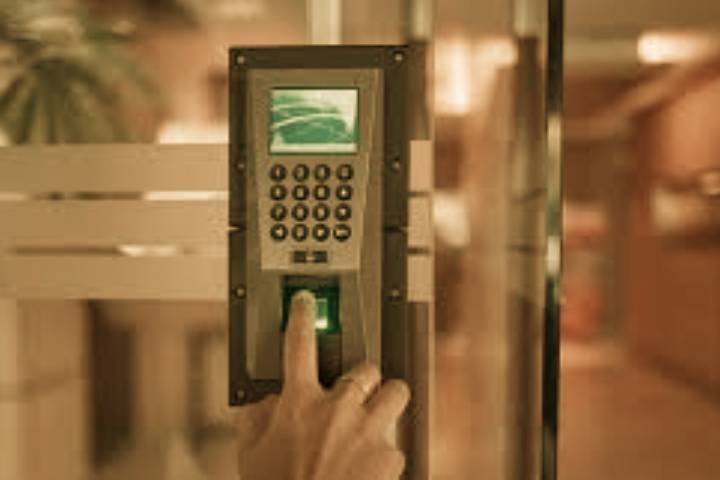Access Control System is the system that provides security control at the entrance of such places, reports the entrance-exit information received from the terminals to the users and supports the information with different security panels.
The purpose of Access Control systems; is to control people’s access to defined places and to take account of these accesses. If desired, it is possible to limit the time and identify the access to the door.
The installation of an access control system, you will be able to do it in an agile and flexible way, increasing security and control over workers. In this way, you will be able to collect information on who, when and where a user has accessed at a certain time.
These systems can work both in autonomous mode (without PC connection or without the software) and manage by access control software that allows us to configure the different profiles and access permissions, being able to obtain reports and records of all the movements that have been made a user or that occurred at a specific access point. This information provided by the access management software may be available, if necessary, even in real-time.
Access Control Systems Allow Several Types Of Identification
- Biometric access control: Biometrics is the safest technology for Identification and access control solutions. Fingerprint readers prevent password and ID card traffic.
- Radio Frequency access control: RFID technology (Radio Frequency Identification or Radio Frequency Identification) allows remote reading/writing of data from cards using radio frequency transmission.
- Access control by keyboard: Access is done by entering codes. Opening by electric lock without the need for keys.
- Access control by magnetic readers and cards.
Here Are Few Uses Of An Access Control System
Access control systems can have the following uses:
1. Security Anti-intrusion
They allow to delimit the access of people and/or vehicles to restricted areas, being able to configure access profiles that determine who can access, what days, at what hours, through which areas they can access and for which access will be denied.
If users identify themselves not only when accessing but also when leaving, the access control system will provide us with detailed information on the time each user spent in the controlled area, thus being able to determine, in the event of any incident, who was there and how long they were there.
2. Control Of Personnel And Capacity
Access controls are ideal for checking the presence and schedules of workers and other personnel. On the other hand, having access turnstiles in the entrance and exit areas of buildings, industries and events in which there is a massive influx of users allows security members or the event organizers to know detailed information in real-time of the number of entries and exits that are being carried out, thus having the existing capacity inside the controlled area at all times.
3. Minimizes Occupational Hazards
The implementation of an access control system minimizes the occupational risks within the work environment since, only those, will be able to access specific, sensitive or even dangerous areas; denying access to any worker who is not properly instructed to prevent risks in certain areas.
Also Read: How Useful Are Smart Home Systems?

